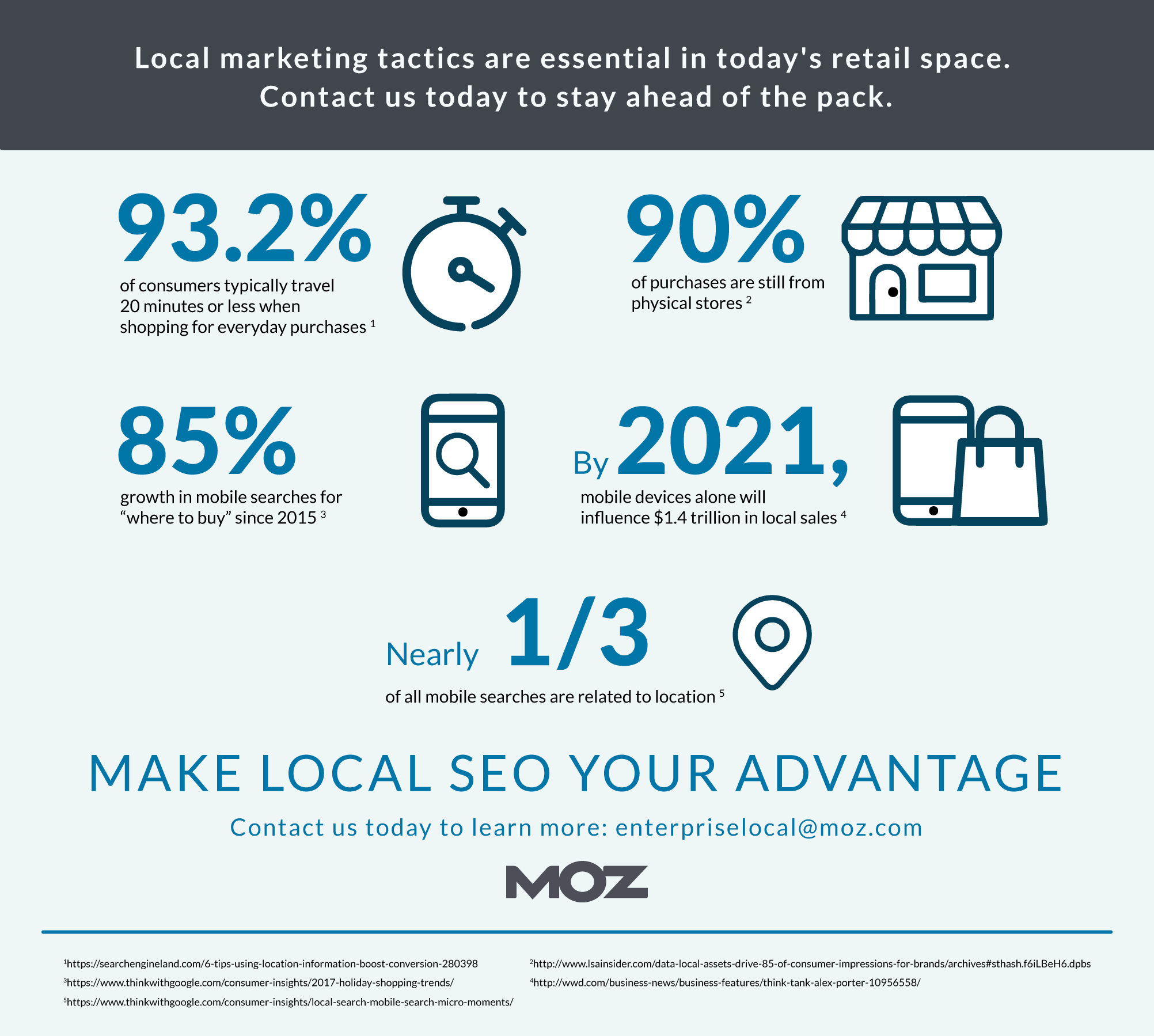Encrypted messaging app Telegram is feeling the squeeze out of Russia, where regulators are not letting up in their ongoing attempts to block the app because its publishers refuse to provide regulators with access to messages on the platform.
Pavel Durov announced in a statement on Telegram that the iOS app may be having issues with certain features like stickers after the iOS 11.4 update this week. That is because updates to the app are being prevented globally, he said, by Apple after the Russian regulator ordered Apple to remove Telegram from the App Store altogether. Durov said this has also meant that Telegram has not been able to issue a GDPR update to comply with the new European regulations that went into effect last week.
For now, Telegram is still in the App Store, albeit with an out-of-date, non-GDPR-compliant version of the app. And confusingly, the move doesn’t apply to all platforms: the Telegram app for Mac is still updating. Separately, Durov confirmed to TechCrunch that the same issue is not applying to versions in Google Play and the Windows store, and that for now Telegram will stay online in Russia.
“Apple has been restricting us from pushing new Telegram versions since mid-April [but] we haven’t had any such issues with Google Play / Microsoft Store. The Android app has been successfully updated many times during the last six weeks,” he said.
In response to questions about whether it will Telegram will get removed altogether, he was unequivocal that it will remain no matter what happens with the stores. “Telegram is accessible in Russia due to the built-in anti-censorship tools,” he said.
The news caps off what has been a difficult week for Telegram. Days ago, the Russian communications regulator Roskomnadzor (RKN) announced that it had made a formal request to Apple to stop distributing the app, and also to stop enabling push notifications for those who already have the app downloaded in Russia.
Durov’s full statement, plus some more backstory below that:
“Unfortunately, some Telegram features, such as stickers, don’t work correctly under iOS 11.4 that was just released – even though we fixed this issue weeks ago,” Durov wrote minutes ago in his Telegram channel.
“Apple has been preventing Telegram from updating its iOS apps globally ever since the Russian authorities ordered Apple to remove Telegram from the App Store. Russia banned Telegram on its territory in April because we refused to provide decryption keys for all our users’ communications to Russia’s security agencies. We believe we did the only possible thing, preserving the right of our users to privacy in a troubled country.
“Unfortunately, Apple didn’t side with us. While Russia makes up only 7% of Telegram’s userbase, Apple is restricting updates for all Telegram users around the world since mid-April. As a result, we’ve also been unable to fully comply with GDPR for our EU-users by the deadline of May 25, 2018. We are continuing our efforts to resolve the situation and will keep you updated.
“Sorry for the inconvenience and thank you for your patience.”
Notably, for now it seems that the app — an older version of it — is still available in the App Store. Apple, according to a report this week, has one month from May 28 to comply with a request to remove it completely. It’s not clear what the consequences would be if it failed to do so.
“We sent them [Apple] a legally binding letter and are awaiting their legally binding reply. Because Apple, like other transnational companies, is a company with a high degree of red tape, we expect the reply within a month,” RKN’s head Alexander Zharov said to Russian news agency Interfax.
RKN has been seeking to shut down use of Telegram in the country for months, but for most of that time Telegram has been working around the issue by appealing to people to use VPNs to access the service, and also by hopping around IPs at hosting companies sympathetic to its attempt to continue offering its service without sharing data with Russian authorities.
Its hopping had the unintended consequence of RKN knocking out entire swathes of IP addresses to stop Telegram, some 19 million at its peak, causing a number of other services to go down as well. But even so, the app has gone viral with the attention, which had also prompted a number of protests.
But despite the attention, it is unclear how this might have translated to usage and app installs. The most recent figures released by Telegram note that there are about 200 million monthly active users, with 14 million in Russia, although those figures predate the scuffle with Russian regulators. Downloads as tracked by AppAnnie, in fact, seem to point to a slight dip in downloads in Russia after the RKN blocks started in April, although those numbers only count App Store downloads.
Surprisingly, and maybe because of how popular the resistance was proving to be, it looked like several of the key cloud hosting companies, such as Google and Amazon’s AWS, where Telegram along with many other sites and apps host their data and operations, had decided to hold firm to see how things would develop, even when their own consumer-facing services were suffering.
So it seemed only a matter of time before RKN would soon turn to app store operators to turn the screws further. Apple, it seems, has been the first to go down, specifically with regards to updating the app in the App Store. Logically, it seems that the Play Store and others might also feel the squeeze, too.
We are contacting Apple for further comment, and also Google to see if the Play Store is also being affected, and we will update this post as we learn more.
Updated with response from Pavel Durov. More to come.
source https://techcrunch.com/2018/05/31/feeling-pressure-from-russia-telegram-says-apple-has-blocked-updates-since-mid-april-app-missed-gdpr-deadline/
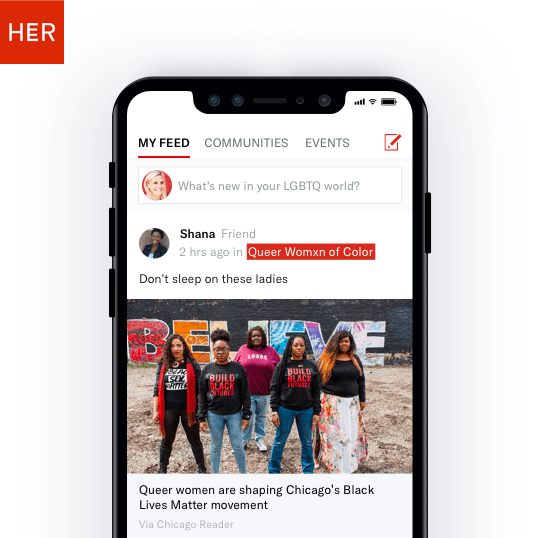































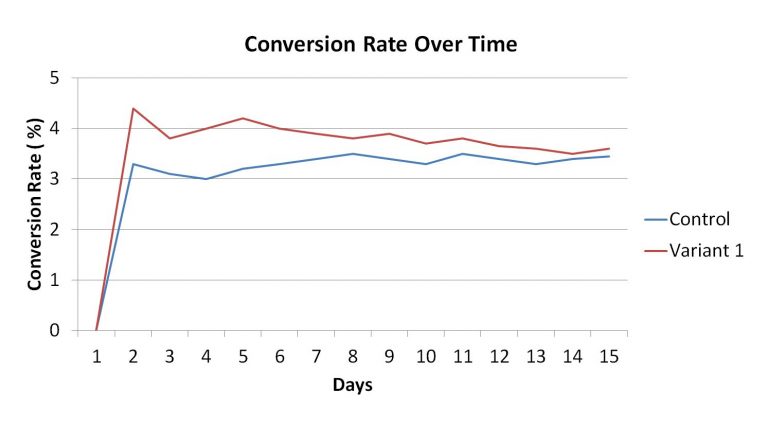









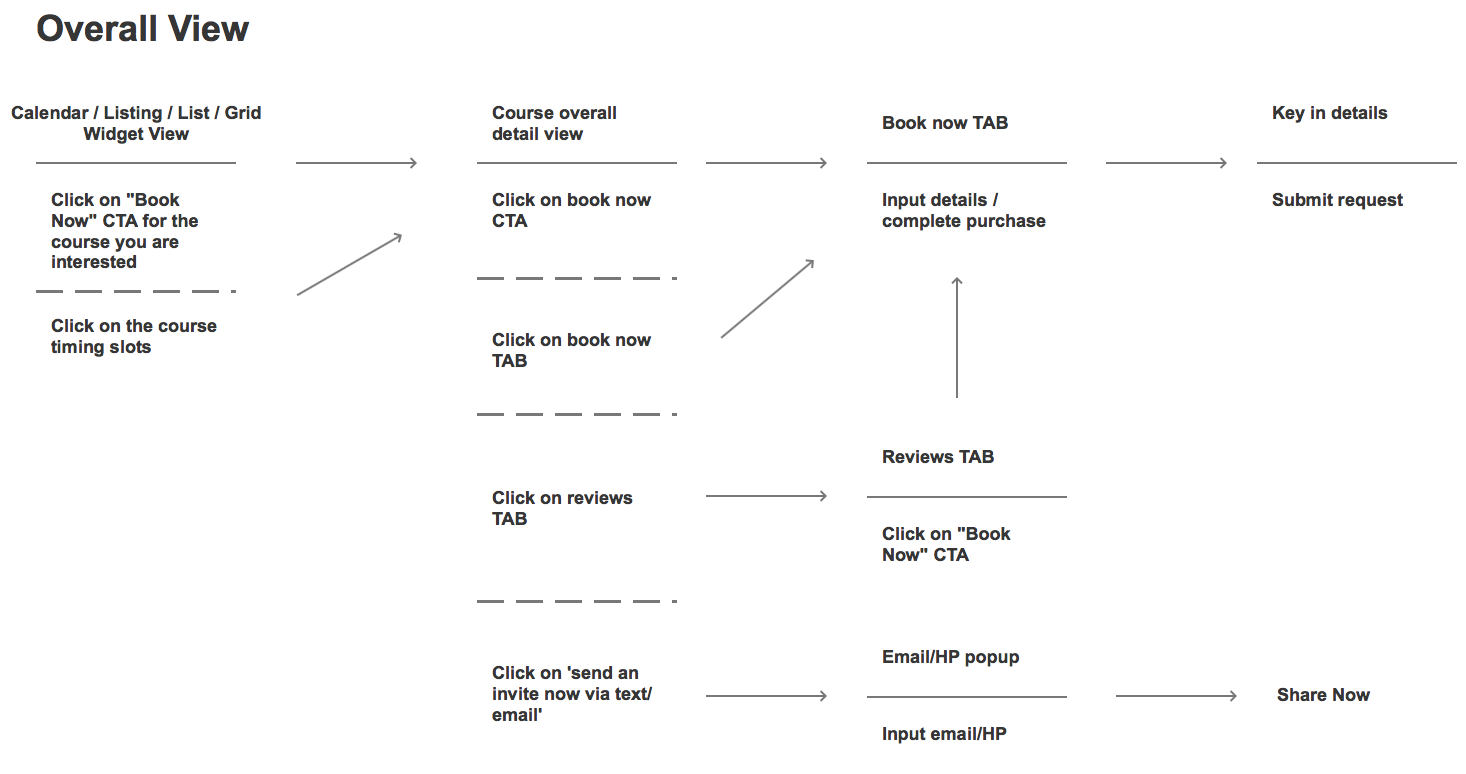
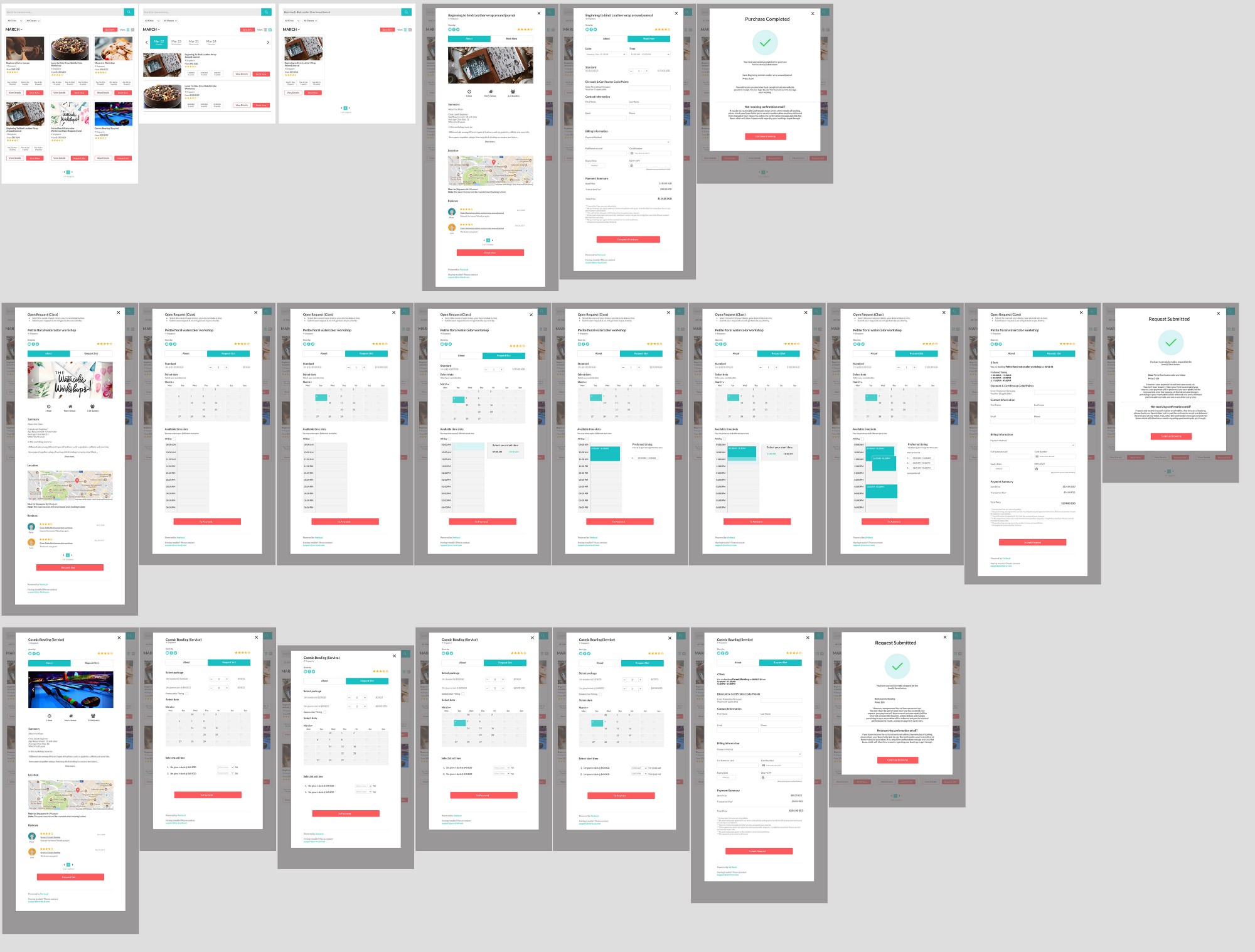 https://blog.kissmetrics.com/good-site-architecture/
https://blog.kissmetrics.com/good-site-architecture/

